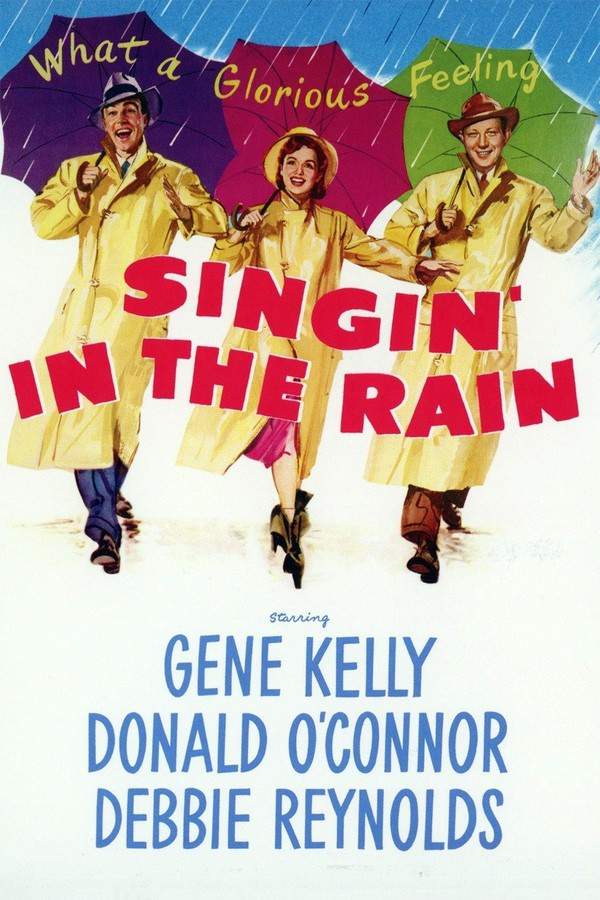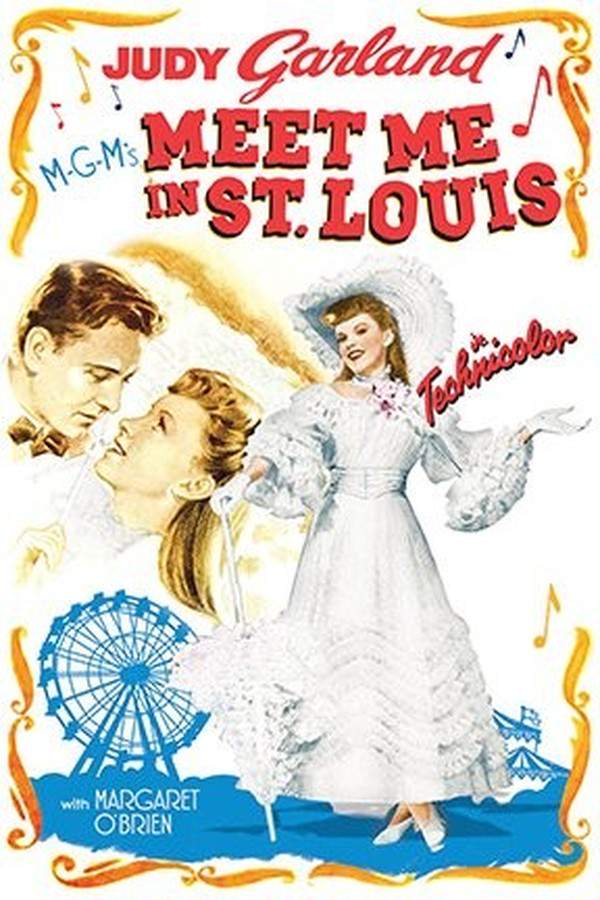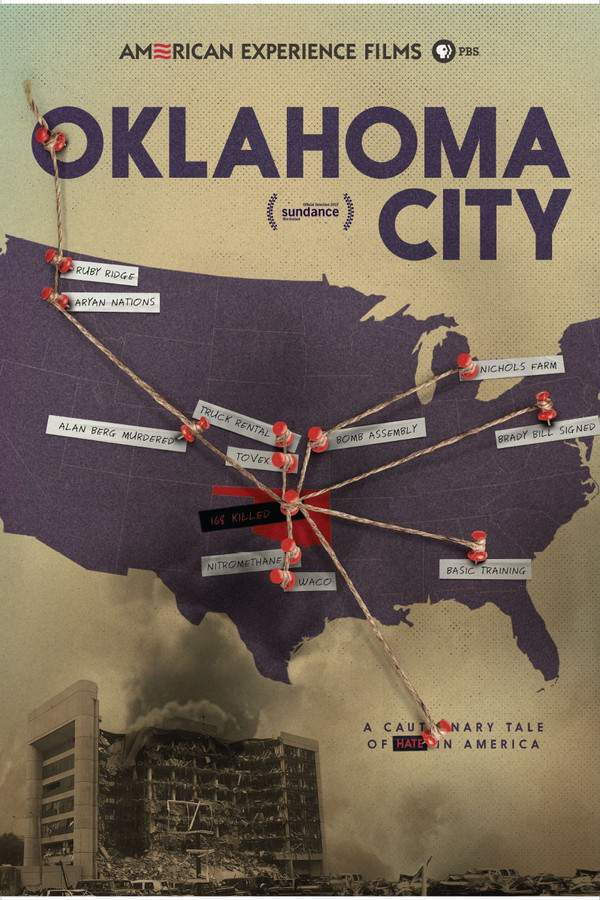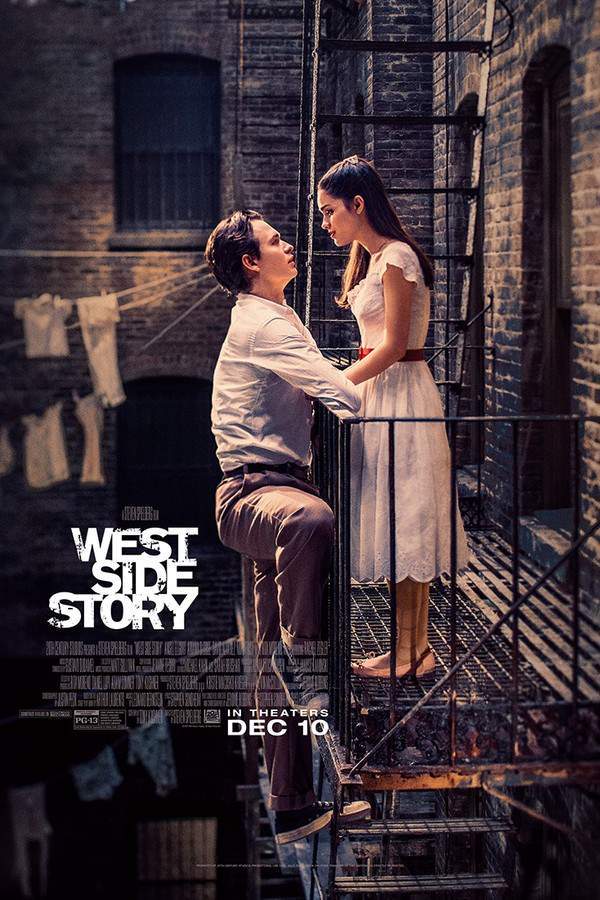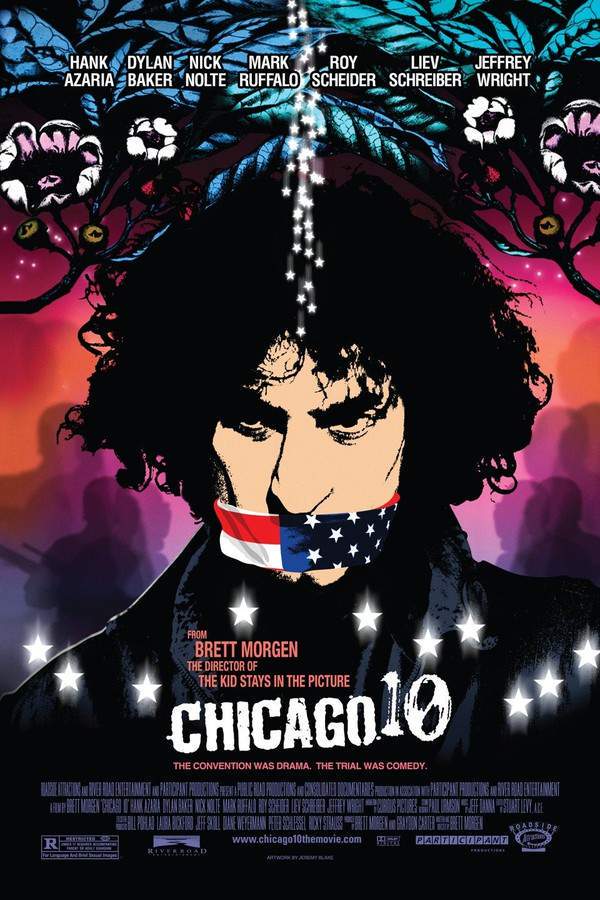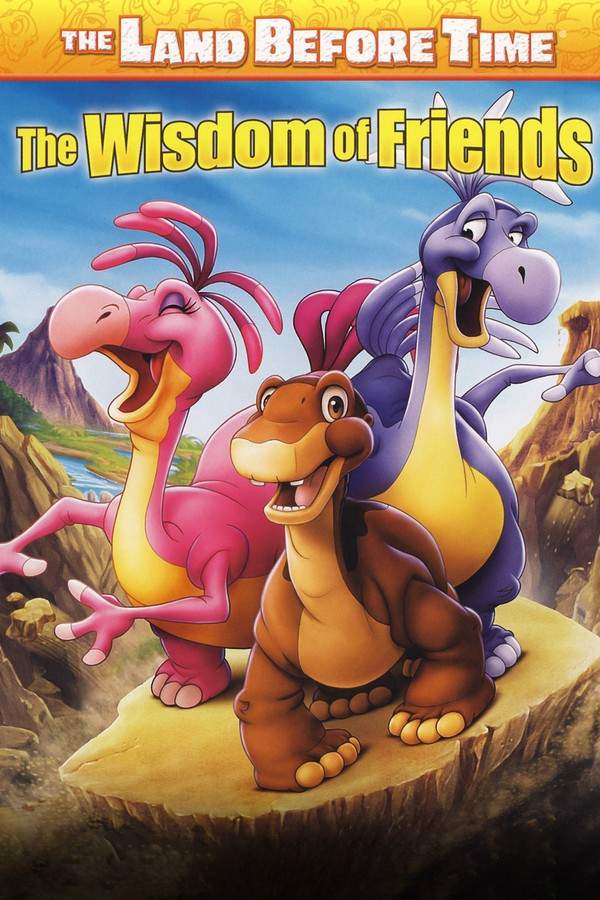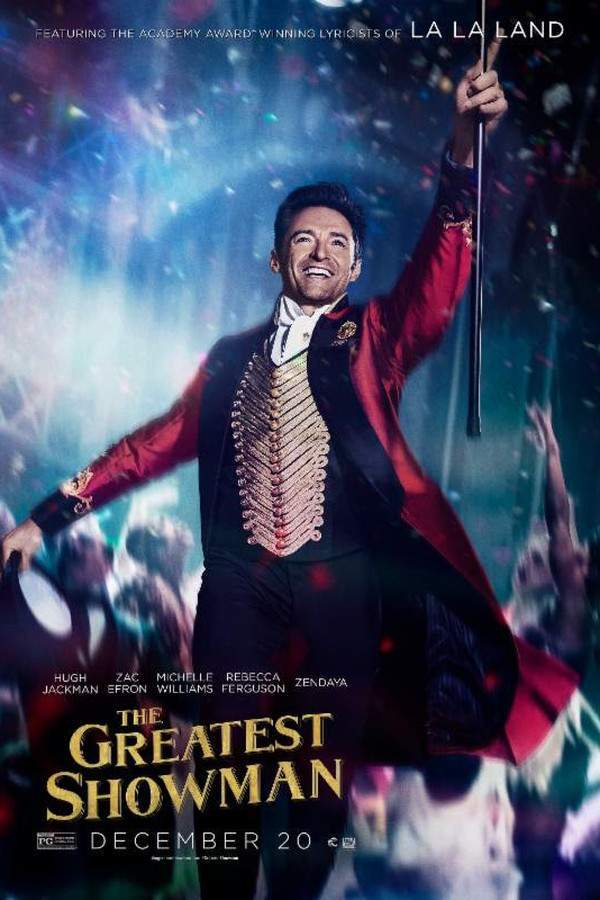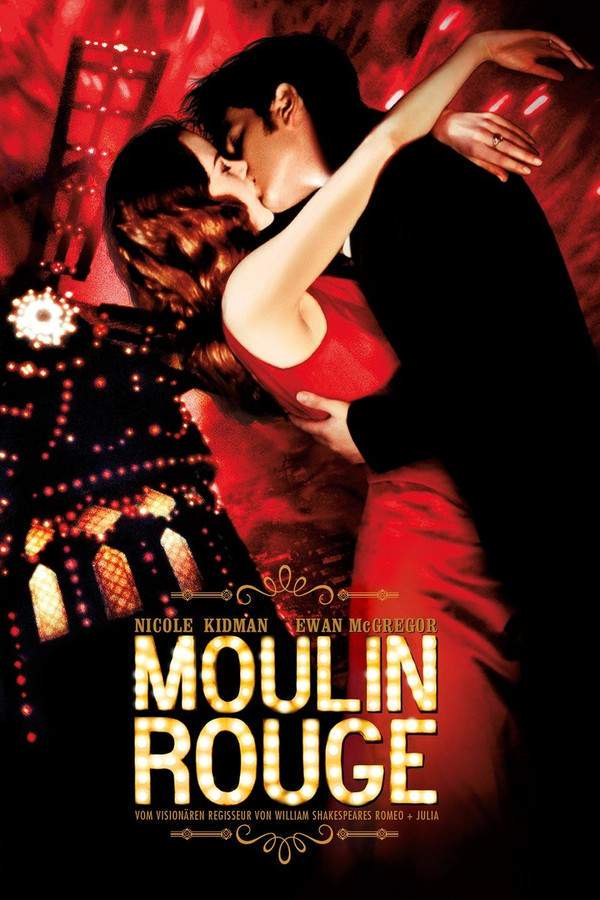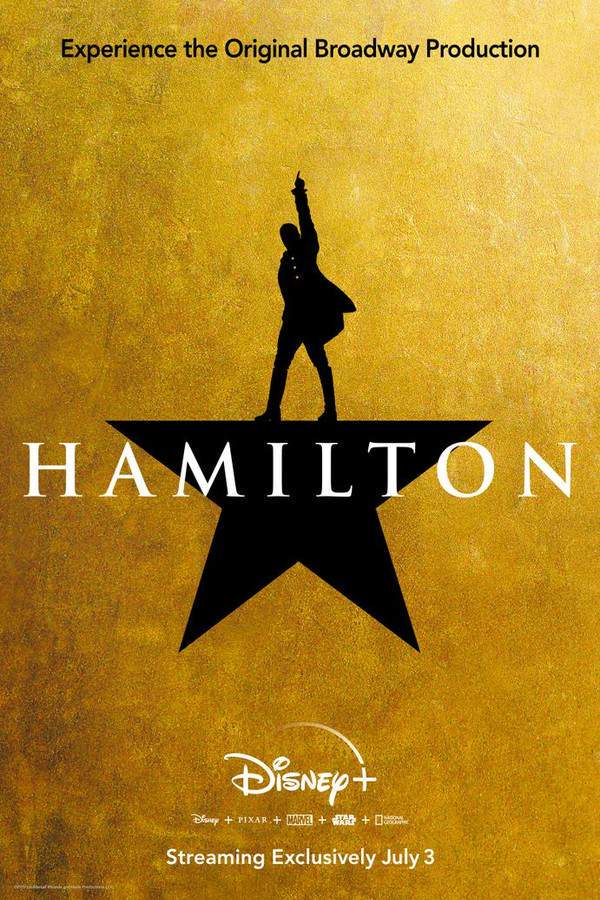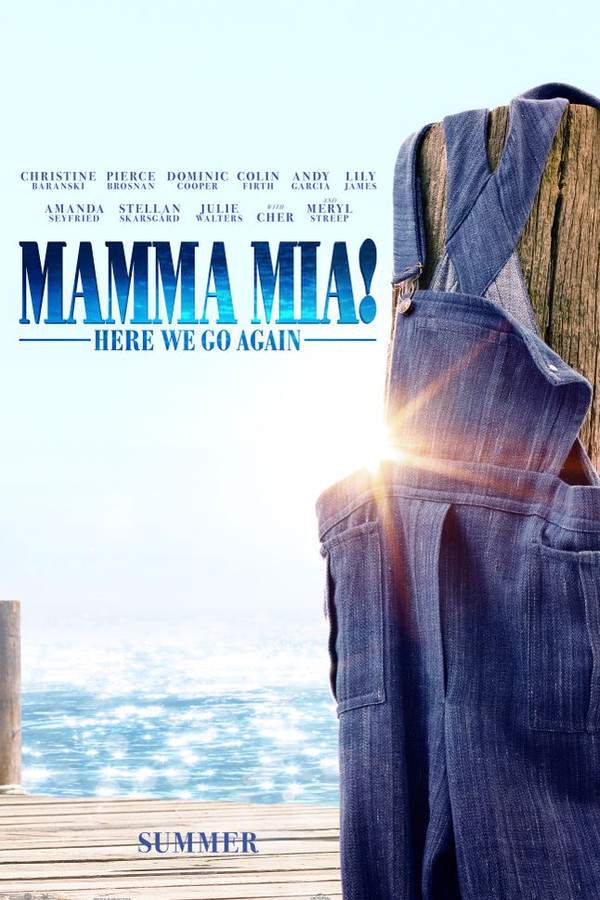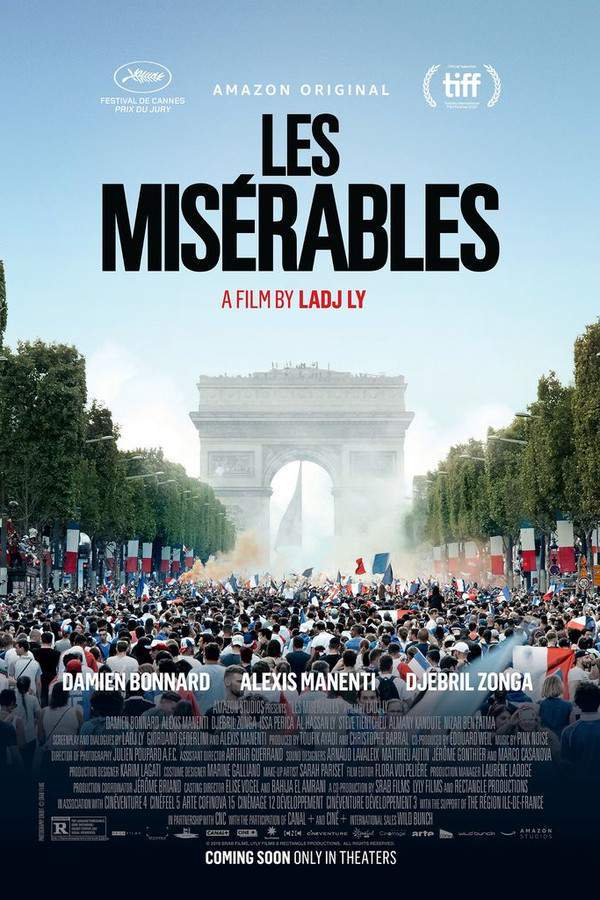What's After the Blog?
History • Culture
The Legacy of Film Musicals: From Stage to Screen
Explore the evolution and cultural impact of film musicals, from their stage origins to modern screen adaptations, on What's After the Movie (ATM) blog.
March 28, 2024

Movies mentioned in this article
The Legacy of Film Musicals: From Stage to Screen
Introduction to Film Musicals
Film musicals, an enchanting fusion of narrative and music, have captivated audiences for generations. Originating from theatrical stage productions, film musicals have evolved into a distinct genre that combines the spectacle of live performances with cinematic techniques. The essence of a film musical lies in its ability to seamlessly integrate songs and dance into the storyline, enhancing the emotional and narrative impact of the film. This genre gained popularity with early talkies, where the novelty of sound in cinema was used to bring musical theater to the big screen.
The transition of musicals from stage to screen opened up new creative possibilities, allowing for more elaborate sets, intricate choreography, and visual effects that were not possible in a theater setting. Classic film musicals like The Wizard of Oz and Singin’ in the Rain set the benchmark for the genre, showcasing how music and film could create a magical, immersive experience. These films didn’t just reproduce the stage experience; they reimagined it, using the language of cinema to enhance and elevate the musical narrative.
As we explore the legacy of film musicals, it’s crucial to understand how this genre has influenced and been shaped by cultural and technological changes over the years. From the Golden Age of Hollywood to contemporary adaptations, film musicals have mirrored the evolving tastes and sensibilities of audiences, while maintaining their core appeal of escapism and spectacle.
The Golden Age of Hollywood Musicals
The Golden Age of Hollywood, spanning from the 1930s to the 1960s, was a defining era for film musicals. This period saw the emergence of musical films as a major genre in American cinema, characterized by star-studded casts, lavish production values, and memorable musical scores. Studios like MGM led the charge, producing some of the most iconic musicals in film history.
Films like Meet Me in St. Louis and Easter Parade showcased the talents of stars like Judy Garland and Fred Astaire, becoming cultural landmarks that defined the era’s cinematic landscape. Singin’ in the Rain, often hailed as one of the greatest musicals ever made, combined clever storytelling, superb choreography, and unforgettable music to create a timeless classic that epitomizes the spirit of this era.
This period also saw the adaptation of numerous successful Broadway musicals into films. These adaptations brought the magic of Broadway to a wider audience, with films like Oklahoma! and West Side Story achieving both critical and commercial success. The transition of these musicals from stage to screen was not just a change of medium, but an opportunity to reimagine these stories with the tools and techniques of cinema.
The Golden Age of Hollywood musicals left a lasting legacy, setting standards for the genre and inspiring generations of filmmakers and audiences. The films from this era continue to be celebrated for their innovation, artistry, and ability to transport audiences into worlds of song and dance.
Stage to Screen: The Adaptation Process
The adaptation of stage musicals to the screen is a complex and creative process that involves reimagining the story for a cinematic audience. This transition often requires adjustments in storytelling, pacing, and visual presentation to translate the theatrical experience into a filmic one. A key question often asked is, “How are stage musicals adapted into movies?” The answer lies in the delicate balance between staying true to the original stage production while leveraging the possibilities of cinema. For example, in the film adaptation of West Side Story, director Robert Wise retained the core elements of the Broadway show but expanded the setting to utilize the entire cityscape of New York, adding a new dimension to the narrative.
The adaptation process can also involve changes in the script, musical arrangements, and even the addition or deletion of songs to better suit the film format. This was evident in the film version of Chicago, where certain songs were rearranged and scenes were modified to create a more dynamic and visually engaging cinematic experience. Moreover, casting for film adaptations of musicals is crucial, as it requires actors who can not only deliver powerful performances but also handle the vocal and dance demands of their roles.
These adaptations offer audiences who may not have access to live theater the opportunity to experience these stories in a new way. They also contribute to the preservation and popularization of musical theater, ensuring that these stories continue to be enjoyed by future generations.
Modern Film Musicals and Their Innovations
In recent years, film musicals have undergone a renaissance, with modern adaptations and original works bringing new life to the genre. Contemporary film musicals have embraced innovation, blending traditional elements with new storytelling techniques, visual styles, and musical compositions. Films like La La Land and The Greatest Showman have reinvigorated the genre, appealing to modern audiences with their fresh approach to musical storytelling. La La Land, in particular, stands out for its homage to classic Hollywood musicals while infusing a contemporary sensibility in its narrative and music. The film uses vibrant color palettes, dynamic cinematography, and a jazz-infused soundtrack to create a visually stunning and emotionally resonant story. On the other hand, The Greatest Showman combines biographical elements with show-stopping musical numbers, creating an entertaining spectacle that celebrates the spirit of show business.
These modern musicals have not only been successful at the box office but have also sparked renewed interest in the genre, proving that film musicals can evolve and remain relevant in today’s cinematic landscape. They demonstrate that the appeal of film musicals lies not just in their nostalgia but in their timeless ability to combine music, story, and visuals into a captivating cinematic experience.
The Role of Music and Choreography in Film Musicals
Music and choreography are the heart and soul of film musicals, playing a pivotal role in advancing the narrative and enhancing the emotional resonance of the story. The integration of music in film musicals is not merely an addition of songs but a strategic storytelling tool. In iconic musicals like Moulin Rouge!, the music is intricately woven into the narrative, driving the plot forward and reflecting the characters’ emotions and growth. The film’s use of contemporary songs reinterpreted in a historical setting creates a unique, anachronistic atmosphere that resonates with modern audiences.
Choreography in film musicals also serves as a powerful narrative device. It can express what words cannot, adding layers of meaning and depth to the story. For example, in Chicago, the choreography is not only visually stunning but also symbolizes the characters’ manipulation and deceit. The dance numbers mirror the film’s themes of performance and spectacle, blurring the lines between reality and showbiz.
The synergy between music and choreography in film musicals is essential in creating memorable cinematic moments. The integration of these elements must be seamless, ensuring that the songs and dance numbers enhance rather than interrupt the story’s flow. The success of a film musical often hinges on this harmonious blend, captivating the audience and immersing them in the film’s world.
Film Musicals and Cultural Impact
Film musicals have long been a reflection of cultural trends and societal norms, shaping and being shaped by the times in which they are created. The question, “How do film musicals reflect and influence culture?” is central to understanding their cultural impact. Musicals often address contemporary issues, offer escapism, or challenge societal norms, making them culturally significant beyond their entertainment value.
For instance, the 1960s musical West Side Story, while being a retelling of Shakespeare’s Romeo and Juliet, also tackled themes of racism, gang violence, and cultural integration, mirroring the societal issues of the time. Similarly, modern musicals like Hamilton, though not a film musical in the traditional sense, have significantly impacted popular culture and discussions around historical representation and diversity in casting.
The influence of film musicals extends to fashion, music, and language, often setting trends and becoming a part of popular culture. The flamboyant costumes and catchy tunes of The Rocky Horror Picture Show, for instance, have inspired fashion trends and have a dedicated cult following.
In essence, film musicals are a mirror to society, reflecting its hopes, dreams, and challenges. They not only offer entertainment but also serve as a commentary on the world, leaving a lasting impact on both cinema and culture.
Challenges and Triumphs in Producing Film Musicals
Producing a film musical is a formidable task, laden with unique challenges that test the limits of filmmakers’ creativity and resourcefulness. One significant challenge lies in casting - finding actors who can not only deliver compelling performances but also sing and dance proficiently. This multifaceted talent requirement sets film musicals apart from other genres. For instance, the casting of Hugh Jackman in The Greatest Showman was pivotal, as his theatrical background and musical prowess were essential for the role.
Another challenge is the integration of musical numbers into the narrative seamlessly. Unlike traditional films, where storytelling is predominantly through dialogue and action, musicals must also convey the story through song and dance. This requires a careful balance, as seen in La La Land, where each musical number advances the plot or develops the characters.
Despite these challenges, the triumphs of film musicals are remarkable. When done right, they offer an immersive, multisensory experience that other genres can rarely match. The success of modern film musicals like Mamma Mia! and Les Misérables highlights the genre’s enduring appeal. These triumphs are testaments to the dedication and skill of the countless artists who bring these complex productions to life.
Conclusion
The legacy of film musicals is a rich tapestry that has evolved from stage to screen, captivating audiences with its harmonious blend of storytelling, music, and dance. These films have not only provided entertainment but have also influenced culture, reflected societal changes, and pushed the boundaries of cinematic artistry. The journey from the golden age of Hollywood musicals to the modern innovations of the genre demonstrates the enduring allure and relevance of film musicals.
As we look to the future, film musicals continue to hold a special place in the hearts of audiences worldwide. They remind us of the power of cinema to unite narrative, music, and visuals into a singular, enchanting experience. The legacy of film musicals is a testament to the enduring magic of this genre and its ability to continue evolving while enchanting audiences across generations.
For more insights into the captivating world of cinema, explore other engaging content on What’s After the Movie (ATM), where the magic of movies is just a click away.
Continue reading

What's After the Movie?
Not sure whether to stay after the credits? Find out!
Explore Our Movie Platform
New Movie Releases (2026)
Famous Movie Actors
Top Film Production Studios
Movie Plot Summaries & Endings
Major Movie Awards & Winners
Best Concert Films & Music Documentaries
Movie Collections and Curated Lists
© 2026 What's After the Movie. All rights reserved.


